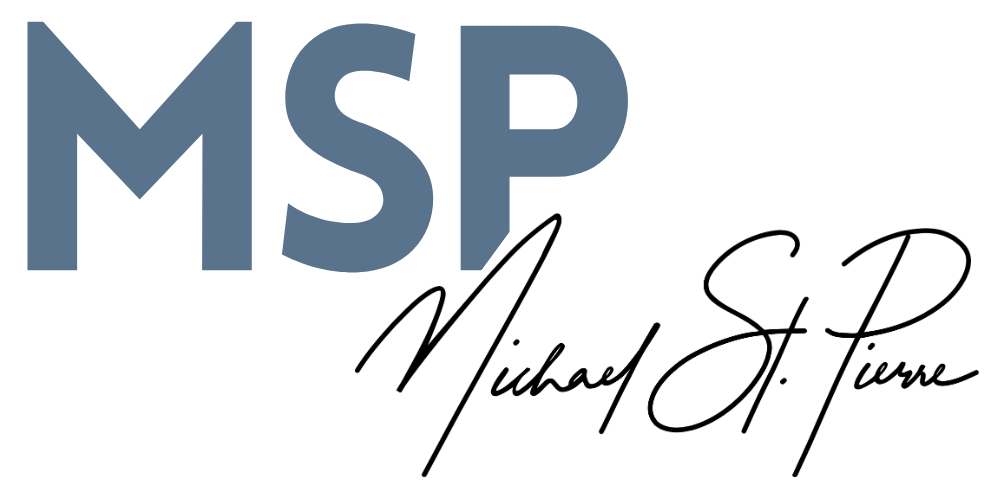It's one thing if you work in a distraction-rich environment and it has to be that way. I’m thinking of an emergency room, a grocery store, or a trading floor.
My wife works in an office like this- she's the go-to person for the rest of the staff. Without her being available to help the team around her, they can't do their jobs.
I suppose some workplaces have to be that way. When I was managing a large team, at least a third of my day was reserved for the team, ready to assist with whatever they needed.
It’s the other work environments that I’d like to discuss in this post. These workplaces are filled with people who are expected to get things done. Their supervisors want results and they expect top performers to figure out how to get their work done.
The only catch is that most workplaces make it near impossible to focus.
Focus… it’s the new gold of the modern workforce. Capture it often enough and you’ll become truly productive.
Did I mention that your boss will love you? At the end of the day, it's not about how big your heart is or how high you scored on your SAT.
Tired of Lousy Meetings?
Download the Effective Meeting Cheatsheet
It's about producing results.
My wife and I talk often about how workplaces can be counterintuitive to those people who want to produce results. Let that sink in- the places we go to work are often the least productive places. We spend a lot of money to furnish offices and they become the last place we actually want to work.
It's stunning when you think about it. The modern day workplace is broken. Jason Fried of 37 Signals has been talking about this for years. Cal Newport is preaching the new currency for top performers- the ability to focus. Same with Shawn Blanc who even has a course called, wait for it, The Focus Course.
I think you see where we are going with this...
If you’ve ever savored the quiet of a Saturday morning at work when no one else is around, you know what I’m talking about. There's something magical about getting into the zone for an hour or two. When you pick your head up from your work, you smile because you just kicked ass and drop-kicked your work.
Being in the zone feels like that. Time goes quickly. Nothing else matters. It's just you and your work.
So let's presume that you want to get into this state more often than you currently experience... I know that I do.
This of course is hindered by distractions and interruptions.
Distractions are evident if:
- you wonder at the end of the day if you got any work done
- you’re more tired than you ought to be
- your boss is giving you a hard time because your projects aren’t getting done
- you dread going to meetings because you know that they pull you away from the work that you already have
And on and on…
It’s one thing to acknowledge that you have distractions at work- we all do. As I see it, there are two follow up questions that are critical in order to get over this problem:
1. Does my workplace have an inordinate amount of interruptions and senseless meetings?
2. If it does, what can I do about it?
The second question is really important because here is where true agency occurs. In other words, dealing with distractions just might become your personal superpower.
I wrote about this in How to Reset Your Day. The ninja skill is to sense that you’re distracted in the moment and then respond accordingly.
If you’re familiar with Getting Things Done, this is similar to having a “mind like water”, or acting appropriately to what your day is presenting.
How can you respond when you recognize a lack of focus? Here are just a few ways to get back on the horse:
1. Get up from your desk and take a brief five minute break.
2. Drink some water.
3. Close all windows on your computer except for the one that you’re working on.
4. Clean everything off your desk that is not related to what you are doing right now.
5. Change your working space. This is a trick I’ve been using lately, alternating between my home desk and my office desk in another building five minutes away. It will feel odd at first but trust me, this works like gold.
You probably can’t control every distraction at work. You probably can respond accordingly and then reset your focus. That little act might change your day, your week and the trajectory of your career.












